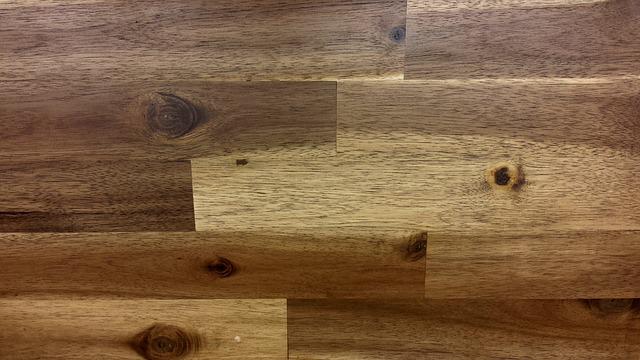Pros & Cons of Laminate Flooring

For decades home improvement companies have been designing and selling a type of flooring that is easy to install, looks good, and holds up to the foot traffic of today. Laminate flooring came on the scene as a way to offer all these options pressed into one type of flooring. In today’s world, people across the globe get out of bed running. Rushing through the day to ensure getting all their tasks done that need to be completed.
This leaves very little time to care for the house, let alone the floors. Laminate flooring offers an option to wood flooring, with the added benefit of being cheaper and more durable. And on top of that, they are easier to clean and repair when needed. Let’s dive right into some of the pros and cons of laminate flooring, so you can decide before going with it.
Pros of Laminate
Flooring
As with all types of flooring, you can find some good and some bad. Laminate flooring is made out of multi-layered synthetic materials, designed to optimize efficiency and usability while being affordable and easy to install. There is much more than that regarding the positive aspects of laminate flooring, though.
- Affordable – Laminate flooring is a popular choice for many because of the reduced cost. Natural lumber can be expensive to install and replace, especially if you go with some higher-end types of hardwood. Laminate offers the same looks for a substantially lower price tag.
- Durable – The materials used for producing laminate pieces of flooring are a combination of melamine resin and fiberboard. They can take a fair amount of hard use without being damaged, and that is one of the main reasons this style is chosen over some of the other options on the market.
- Easy Installation – The pieces are designed to fit together like gloves when put into place. The hardest part of the process will be connecting the pieces together while making sure that they are installed in such a way as to give a natural appearance to the simulated wood grains.
One of the main points of installing any new floor is for eye appeal. Nobody wants to look at old dingy tiles or worn-out carpets. Wood floors look great and are one of the first materials considered, but you can get the same type of look with a good piece of laminate. Once you put them all together over the top of the subflooring, you will have an eye-catching style that is easy to maintain.
Cons Of Laminate Flooring
Every flooring product on the market has some negative aspects along with positive ones. Fortunately, laminate flooring has very few cons. When you consider that you will get about ten to 30 years of life out of each piece, it is still a great return on your investment. By the time you need to replace them you will want a new, more modern design. Let’s take a quick look at the cons, so you have an educated look at both sides of the coin.
- Not Water-Resistant – The most prominent negative aspect of laminate flooring is that it is not as water-resistant as some of the other options. That is not to say that you cannot mop the floor or that a spilled glass of water cannot be cleaned up without causing damage. They are made out of wood products, so it is good to avoid using these pieces of flooring in the bathroom or in the kitchen.
- Not Refinishable – Unlike natural wood, laminate cannot be refinished. If there is damage to a piece of the laminate you will have to replace it. There is no way to strip and sand it down, but since it was easy to install, it is easy to replace.
As long as you care for the laminate properly and replace problem areas as soon as they appear, your flooring will look great and handle the everyday foot traffic. It is one of the cheaper options for flooring, but it is not a cheap piece of material that will fall apart when you walk on it. It will hold up to most applications, minus the ones mentioned.
Final Thoughts
Laminate flooring is a viable option if you need a type of flooring that looks great and holds up to the test of time. Plus, if you are handy with tools, you can install them without paying an additional amount for installation. If you are unsure how to do it, look up a YouTube video and learn how. Otherwise, ensure that the contractor you go with is licensed, insured, and knowledgeable about laminate flooring installations.









